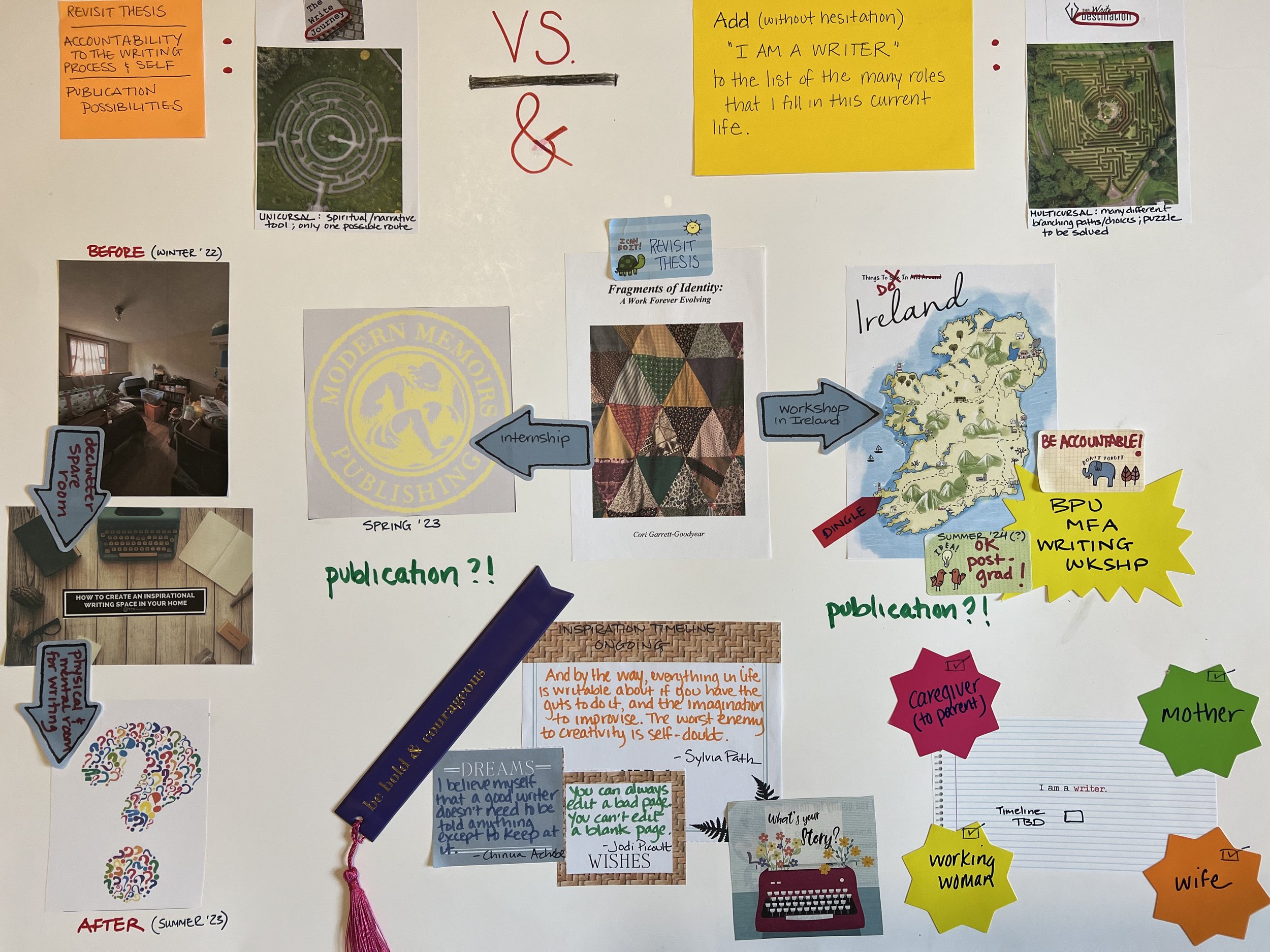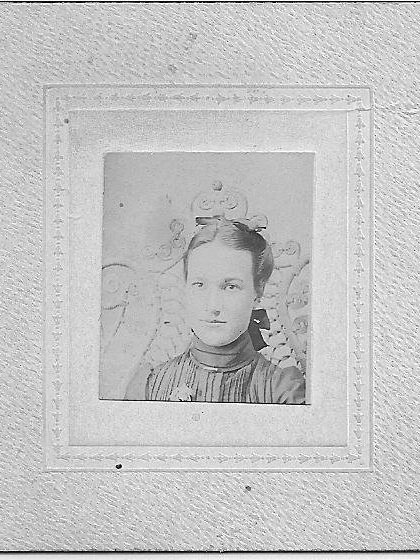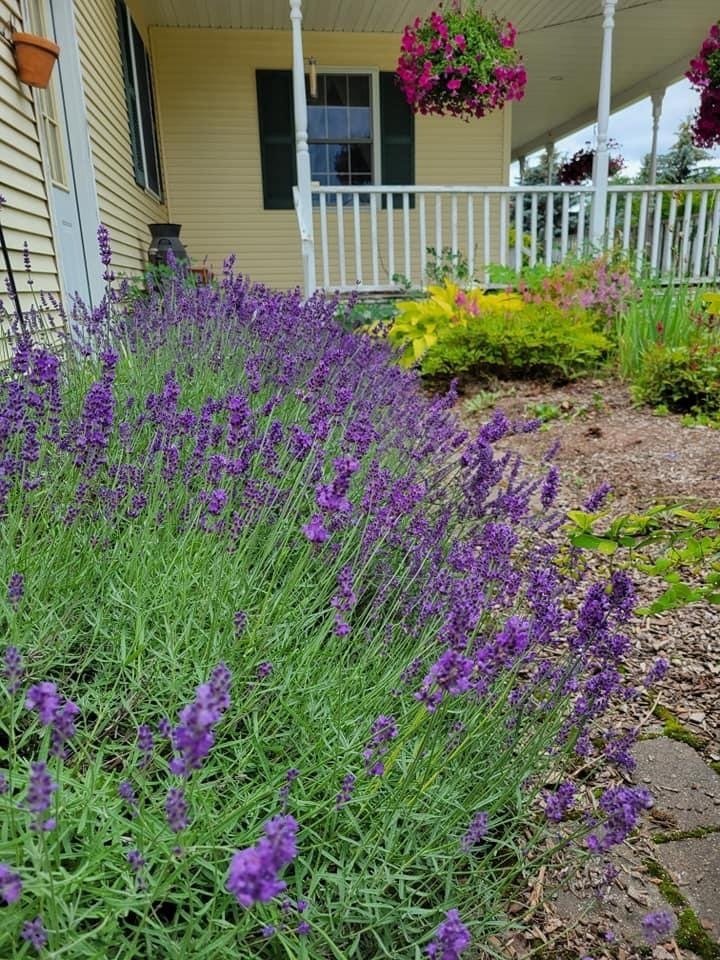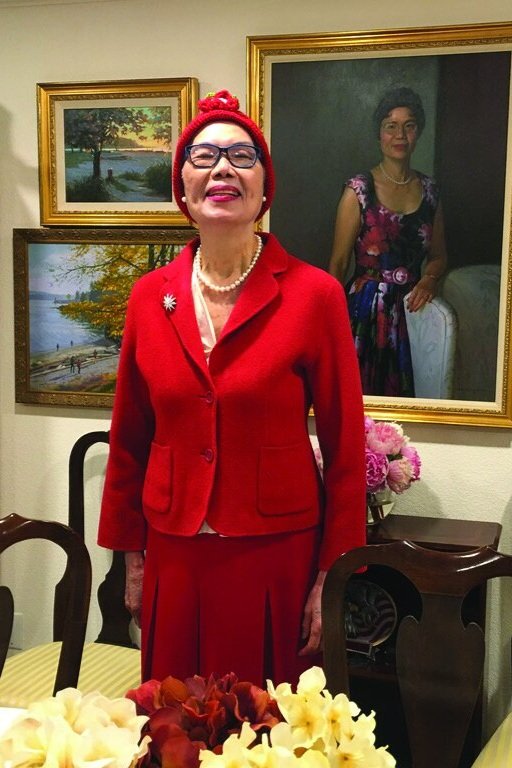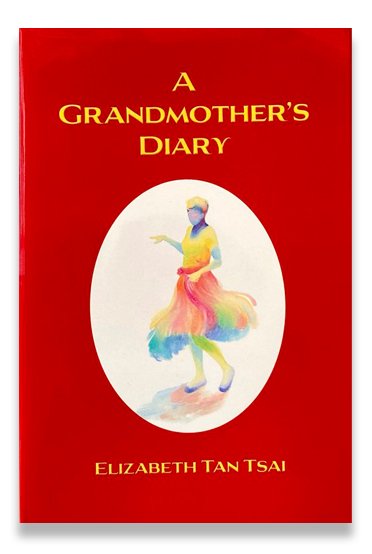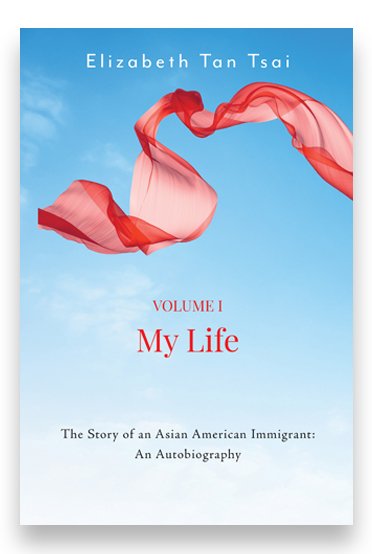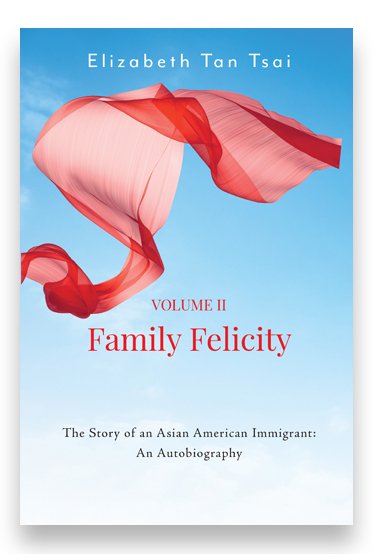A blog post by Publishing Intern Charlie Mark
Modern Memoirs Publishing Intern Charlie Mark, 2023
I didn’t know my paternal grandfather, whom my siblings and I called “Papa Bob,” very well. We didn’t see him much beyond Christmas and an annual visit to help him rake the leaves from his lawn. From those visits I knew that my grandpa had a horse he never rode, a dog he never trained, and a house full of all manner of things. After he passed away in the summer of 2021, I helped my dad clear out Papa Bob’s house. Sorting through his belongings and packing them all away made me think about all I didn’t know about Papa Bob, everything I would never get to ask him. It was a strange way to get to know a person and a last step in our relationship that I am now grateful to have had.
His entire house, including the breezeway leading from the house to the garage, had an unmistakable smell of old cigarettes and musty dog. It was also incredibly cluttered. To put it lightly, my grandfather was a great collector of little things. I can understand the appeal, as I am prone to building nests of little objects, arranging them about me like some brooding magpie. Yet some of the things Papa Bob clung onto seemed bizarre, even to me. For one, he had the most astonishing collection of broken-down boxes I had ever seen. The stairwell up to the second floor was completely filled to the point that attempting to climb over them was a futile endeavor. One bay of his garage was also filled to bursting, the cardboard set in precarious stacks that leaked out around the corners.
Indoor windchimes from Papa Bob’s house, now hanging in my home
Under the cardboard were the trappings of his later life: his beloved books about magical gardens, his crystals on windowsills, and the windchimes he hung inside the house. There were pictures of the horses and dogs he had over the years, and of his second wife, Carol, who passed away when I was only a little kid. Hitting me hardest of all were his dishes still in the sink. All of it his, and everything covered in a film of dust. It felt strange to decide what was worth keeping, strange to open up his closet and empty it of his perfectly folded and perfectly hung clothing. His house was full of things he loved and took care of. My sister and I stood over the crystals on his windowsill and wondered if they were for some sort of spell, and if we broke them or moved them they might disturb the restful dead. In the end we got rid of many of Papa Bob’s things, but we kept some, too. I took his indoor windchimes.
The house is emptied of Papa Bob’s things now, and someone else lives there with their own things. I wish I could go back and look around those rooms again, even just one more time. As I packed up their contents, I somehow didn’t really consider that I would never see those rooms again.
We didn’t have a funeral for Papa Bob until months after we’d cleaned out his house. Once we did, it was not your run-of-the-mill somber affair, but a celebration of life held at the local soup kitchen he had donated to and volunteered at for years. There, I got to know my grandfather even more as the people who had known him best spoke about him. Listening to them made me think of my own earliest memories of him:
I remember once staying at his house overnight and eating pancakes in the morning, Carol leaning over to ask if I wanted syrup.
I remember he used to take me to visit his horse, Marbles. He would unwrap a mint candy, the kind you see in the doorway to restaurants, and place it in my palm. “Now keep your fingers open,” he’d say as he picked me up and walked over to the stall. I remember thinking it was funny that the horse liked the exact same candy that I did.
I remember a time when I was young enough to think that sitting under the table was still an excellent place to be, though I hadn’t counted on sharing the space with my grandpa’s new dog. “A service dog,” Papa Bob said of his black lab, Morgan. “I’m training her to be a service dog.” I remember thinking that this idea was a bit of a stretch as I silently watched Morgan chew through her leash and then go rooting through the trash.
I remember the stones he used to give me and my siblings. He used to say that if we felt bad we could close our eyes. “Breathe in,” he would say, “and breathe out. When you do, let all the bad go away into that stone. That way you can be full of everything else.” Even all these years later, I never let anybody else touch those stones, for a reason I can’t quite articulate.
Growing up in an age where cellphones are a staple of any outfit, whether you are old or young, I’ve had my fair share of pictures taken of me, and I’ve taken many, too. It’s easy to swipe to your camera and take a selfie or a picture of a stunning view. It’s such an easy thing to do, in fact, that it seems there is no reason not to. But, recently, every time I pull out my phone to take a picture, I ask myself, Why? Why do I need to remember this exact moment? A simple picture, held in static pixels on the cracked screen of my phone isn’t enough to capture what I see, what I feel, what I think. I’m not saying that pictures aren’t wonderful, but sometimes I find myself getting so caught up at looking at everything through the lens of my camera that I forget to just look.
The decorated mantlepiece at Papa Bob’s house
I do have a few pictures of Papa Bob’s house from the day we cleaned it out, but I more strongly cherish the memories I have, undocumented but fixed in my mind like those from my earlier childhood. In looking at my photos from Papa Bob’s house, I know they don't transmit exactly the way rain caught in my eyelashes, or the way the shade in Papa Bob’s backyard fell upon the grass and the little birdbath in the yard. Perhaps it is the writer in me that feels the only way to truly capture a moment is to write it down, to spend as much or as little time as I like teasing out the details of the memory.
Though Papa Bob is gone and much of his life remains a mystery to me, I do remember him fondly. Paradoxically, as I learn more about him, I feel closer to him than I did when he was alive. Each new story I hear of his life adds to the collection of things I know about him, filling up my heart with memories and stories, like a magpie’s nest or an old house filled with one man’s treasures.






